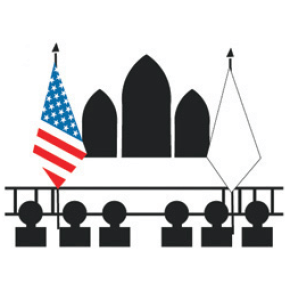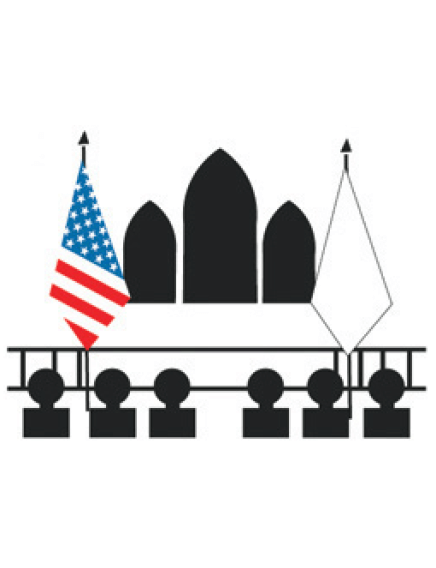Flag Etiquette
For nearly 50 years after Congress authorized the design for our flag, citizens had no uniform set of rules to guide them in displaying and showing respect for the flag. To supply such a guide, a National Flag Conference was held in Washington. D.C. on Flag Day, June 14th, 1923. Representatives of sixty-eight organizations met and drew up a Flag Code, which was revised by a second Conference in 1924. Following that initiative, Congress adopted a resolution in 1942 which made the Flag Code a law. This resolution was amended on July 7, 1976, and became Public Law 94-344 commonly called the Flag Code.
Congress adopted a resolution in 1942 which made the Flag Code a law. This resolution was amended on July 7, 1976 and became Public Law 94-344 commonly called the Flag Code.


Here are some of the provisions contained in this resolution:
"The flag should be hoisted briskly and lowered ceremoniously. The flag should not be displayed out-of-doors on the days when the weather is inclement. The flag should be displayed daily, weather permitting, on or near the main administration building of every public institution. The flag should be displayed in or near every polling place on election days. The flag should be displayed during school days in or near every schoolhouse."Half-Staff
The flag, when flown at half-staff, should be first hoisted to the peak for an instant and then lowered to the half-staff position. The flag should be again raised to the peak before it is lowered for the day. On Memorial Day, the flag should be displayed at half-staff until noon only, then raised to the top of the staff. By order of the President, the flag shall be flown at half-staff upon the death of principal figures of the United States Government and the Governor of the State, territory or possession, as a mark of respect to their memory. In the event of the death of other officials or foreign dignitaries, the flag is to be displayed at half-staff according to Presidential instructions or orders, or in accordance with recognized customs or practices not inconsistent with law. In the event of the death of a present or former official of the government of any State, territory or possession of the United States, the Governor of that State, territory or possession may proclaim that the National flag shall be flown at half-staff.General Display
Aside from the matter of half-mast, there are a few other guidelines surrounding flag etiquette you need to know as a citizen of this great country. Here are a few rules regarding general display to help you honor the flag.1. When displayed either horizontally or vertically against a wall, the union should be uppermost and to the flag's own right, that is, to the observer's left. When displayed in a window, the flag should be displayed in the same way, with the union or blue field to the left of the observer in the street. No other flag or pennant should be placed above, or, if on the same level, to the right of the flag of the United States of America, except during church services conducted by naval chaplains at sea for personnel of the Navy when the church pennant may be flown above the flag. No person shall display the flag of the United Nations or any other national or international flag equal, above, or in a position of superior prominence or honor to, or in place of, the flag of the United States at any place within the United States or any Territory or possession thereof; Provided, that nothing in this section shall make unlawful the continuance of the practice heretofore followed of displaying the flag of the United Nations in a position of superior prominence or honor, and other national flags in positions of equal prominence or honor, with that of the flag of the United States at the headquarters of the United Nations.
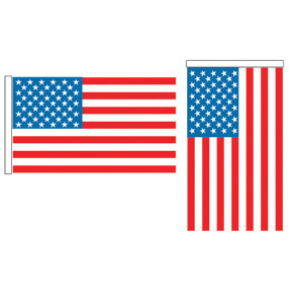
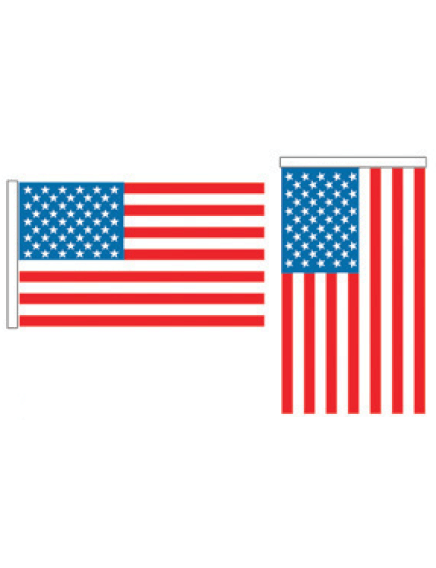
2. When flags of states, cities, or localities, or pennants of societies are flown on the same halyard with the flag of the United States, the latter should always be at the peak.
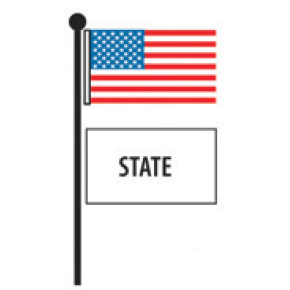

3. When the flags are flown from adjacent staffs, the flag of the United States should be hoisted first and lowered last. No such flag or pennant may be placed above the flag of the United States or to the United States flag's right.
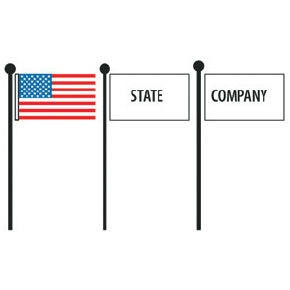
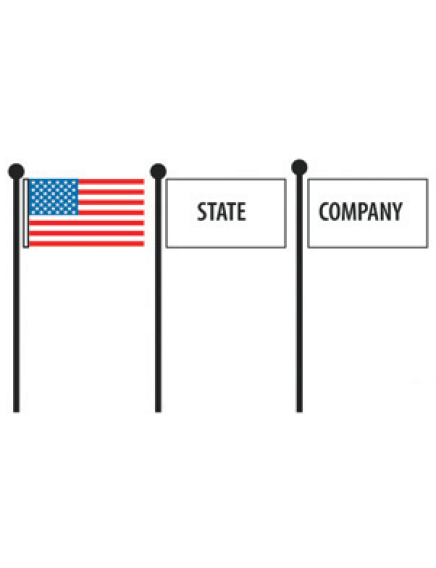
4. The flag of the United States of America, when it is displayed with another flag against a wall from crossed staffs, should be on the right, the flag's own right, and its staff should be in front of the staff of the other flag
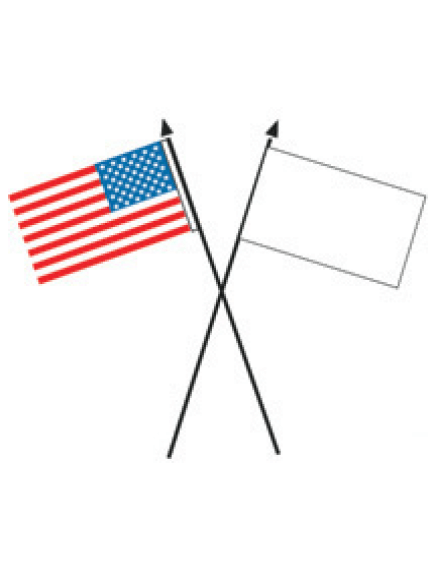
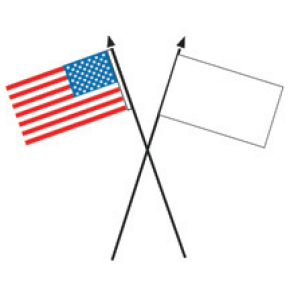
5. The flag of the United States of America should be at the center and at the highest point of the group when a number of flags of States or localities or pennants of societies are grouped and displayed from staffs.


6. When flags of two or more nations are displayed, they are to be flown from separate staffs of the same height. The flags should be of approximately equal size. International usage forbids the display of the flag of one nation above that of another nation in time of peace.


7. When used on a speaker's platform, the flag, if displayed flat, should be displayed above and behind the speaker. When displayed from a staff in a church or public auditorium, the flag of the United States of America should hold the position of superior prominence, in advance of the audience, and in the position of honor at the clergyman's or speaker's right as he faces the audience. Any other flag so displayed should be placed on the left of the clergyman or speaker or the right of the audience.
